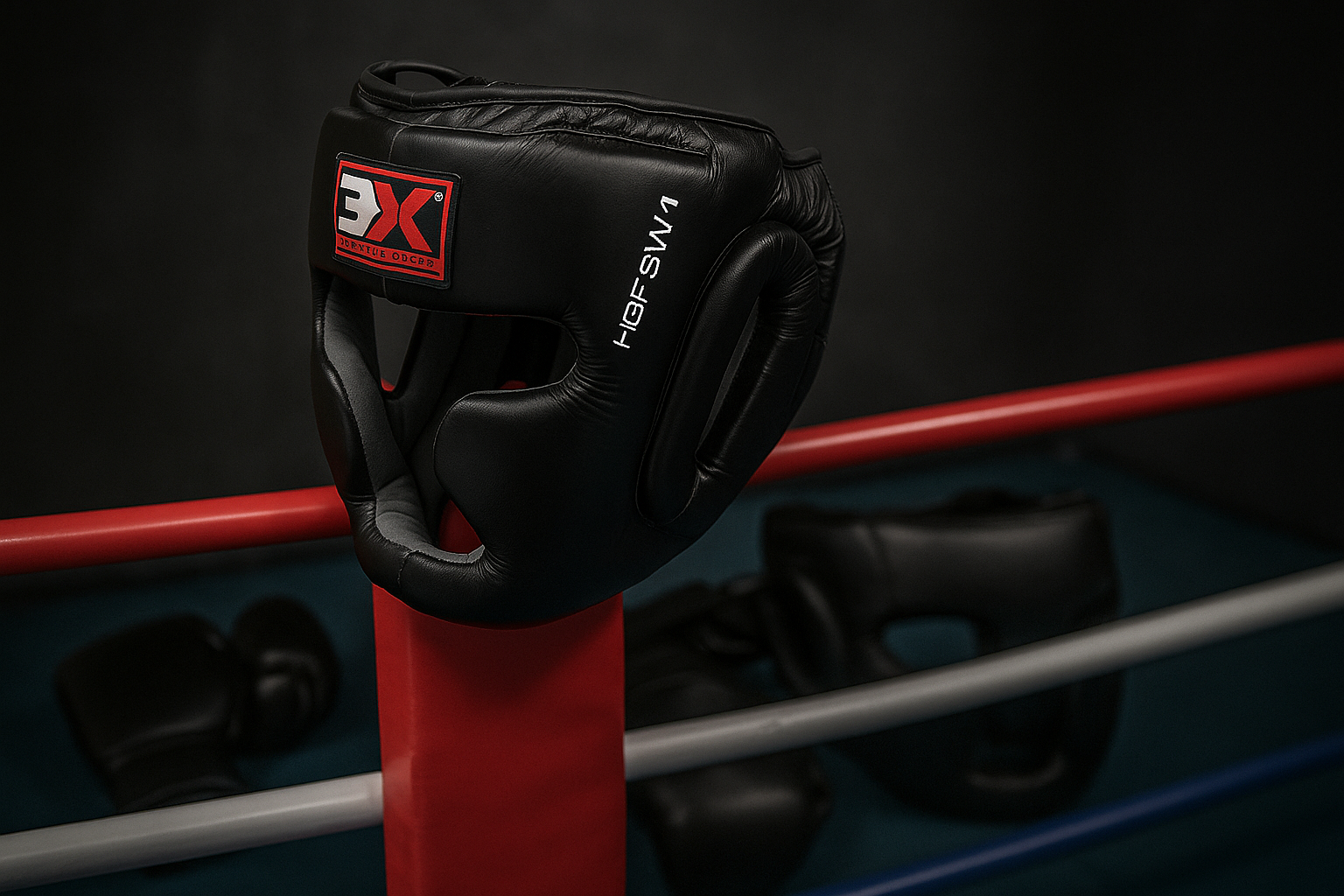Introduction to Boxing Safety
Boxing is a thrilling, intense sport that pushes athletes to their physical and mental limits. But with all the punches, dodges, and heavy contact, it’s no surprise that safety is a top priority. Injuries like cuts, bruises, fractures, or worse can happen if proper precautions aren’t taken. That’s where protective gear steps in — acting as your shield against harm.
The Role of Protective Gear in Boxing
What Constitutes Protective Gear?
When we talk about protective gear in boxing, we mean all those crucial items designed to safeguard the body during training and fights — gloves, headgear, mouthguards, wraps, groin protectors, and for female boxers, chest protectors. Each piece plays a vital role in absorbing impacts and preventing injuries.
How Gear Minimizes Injury Risk
Imagine boxing without gloves — every punch would land raw and direct, increasing injury risks drastically. Protective gear cushions blows, stabilizes vulnerable areas, and helps boxers avoid serious damage. It’s the difference between walking away bruised but healthy or suffering long-term harm.
Types of Protective Gear Every Boxer Needs
Boxing Gloves
Gloves are the heart of protective boxing gear. They distribute the force of punches, protecting both your hands and your opponent’s body and head. High-quality gloves offer superior padding, durability, and wrist support.
Headgear
Headgear is essential during sparring, protecting the skull from cuts, bruises, and even concussions. While professional fights may limit headgear use, it’s a must-have for training sessions.
Mouthguards
Your teeth and jaw take a pounding during boxing — mouthguards help absorb shocks, prevent broken teeth, and reduce the risk of jaw fractures and concussions.
Hand Wraps
Before gloves go on, hand wraps provide wrist support and protect the small bones and tendons in the hands, helping prevent sprains or fractures.
Groin Protectors
For male boxers, groin protectors shield against painful and dangerous low blows. Female boxers can also find appropriate protective gear for sensitive areas.
Chest Protectors (for Female Boxers)
Female boxers need chest protectors to safeguard against impact, giving peace of mind during training and fights.
Why Quality Matters in Protective Gear
Durability and Reliability
Cheap gear may seem like a bargain, but it often wears down quickly, losing its protective properties. High-quality gear lasts longer, maintains its padding and structure, and keeps you safer round after round.
Proper Fit and Comfort
Ill-fitting gear can distract a boxer and even cause injuries. Quality brands focus on ergonomic design, offering a snug, comfortable fit that doesn’t impede movement.
Enhanced Safety Features
Top-tier protective gear often includes advanced materials and technologies—such as gel padding or reinforced stitching—that maximize shock absorption and durability.
Consequences of Using Low-Quality Gear
Increased Injury Risk
Inferior gear means less protection, raising the chance of cuts, broken bones, or worse. Why risk your health for a few saved dollars?
Reduced Performance
Uncomfortable or poorly fitting gear can throw off your focus, reduce agility, and ultimately hurt your boxing technique.
Psychological Impact on Boxers
Worrying about your gear failing can lead to hesitation in the ring — a dangerous mindset that can cost matches and safety.
How to Choose the Right Protective Gear
Material Quality
Look for premium leather or synthetic alternatives with dense padding. These materials ensure longevity and protection.
Certification and Standards
Check for certifications from sports safety authorities or boxing federations. Certified gear meets minimum safety standards.
Brand Reputation and Reviews
Trusted brands invest in research and quality control. Reading reviews and seeking recommendations can steer you toward reliable products.
Proper Sizing and Customization
Never guess your size! Always measure and try on gear, or opt for custom-made options if available.
Maintaining and Caring for Your Protective Gear
Cleaning and Storage Tips
Keep gear dry and clean to prevent bacteria buildup and odor. Use mild soap, air dry thoroughly, and store in ventilated bags.
When to Replace Your Gear
Look out for worn padding, tears, or loosened stitching. Replace gear immediately if it no longer offers proper protection.
The Role of Coaches and Trainers in Promoting Safety
Educating Boxers About Gear Importance
Good coaches emphasize the importance of high-quality gear and make sure athletes understand how it protects them.
Ensuring Proper Use and Fit
Trainers help boxers select the right size, demonstrate how to wear gear correctly, and encourage regular maintenance.
Conclusion: Protect Yourself to Stay in the Ring Longer
Boxing is a sport built on courage and skill, but safety should never be compromised. High-quality protective gear is your first and best line of defense against injury. Investing in well-made gloves, headgear, mouthguards, and other essentials isn’t just smart — it’s essential for your longevity in the sport. So suit up properly, respect your gear, and keep throwing those punches with confidence and care!
FAQs
1. What is the most important piece of protective gear in boxing?
While all gear matters, boxing gloves are arguably the most critical as they protect both your hands and your opponent.
2. Can cheap gear really cause injuries?
Yes, low-quality gear often lacks proper padding and durability, increasing injury risks.
3. How often should boxing gloves be replaced?
Depending on usage, gloves should be replaced every 6-12 months or sooner if padding wears out.
4. Is headgear mandatory in amateur boxing?
In many amateur competitions, headgear is required for safety, though rules vary by organization.
5. How do I know if my gear fits properly?
Proper gear should feel snug but comfortable, not too tight or loose, allowing full movement without slipping.

